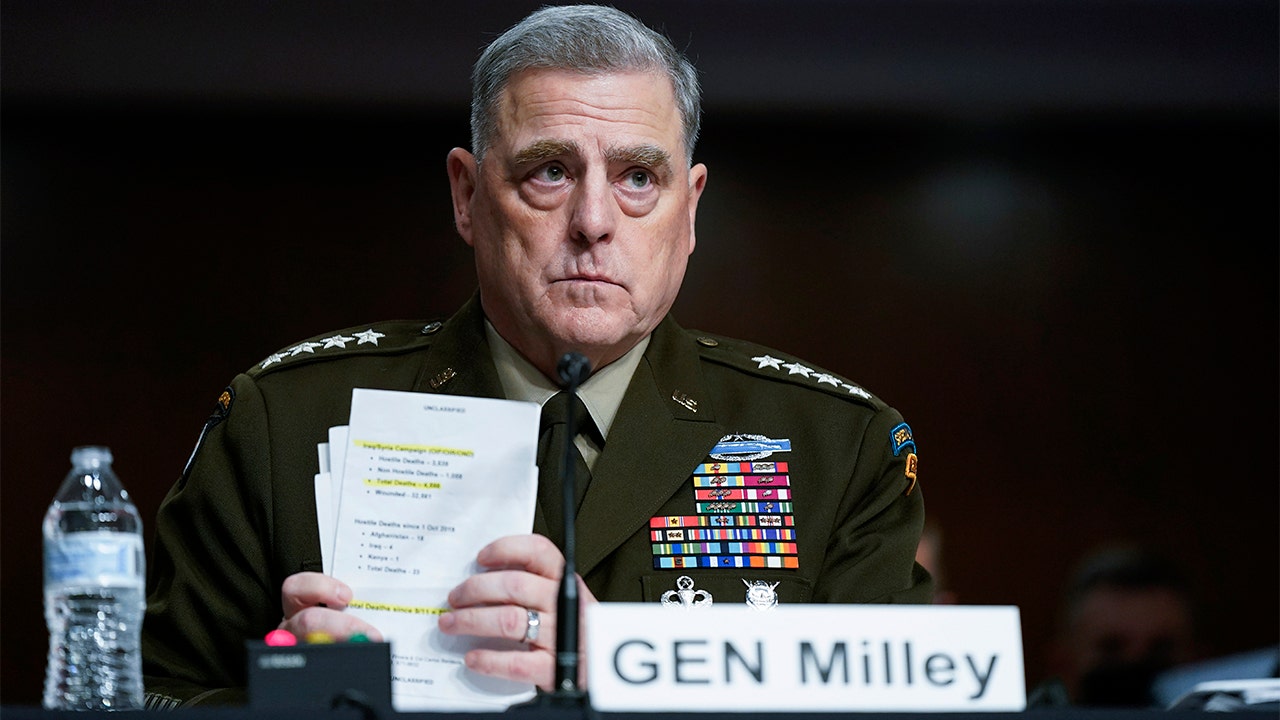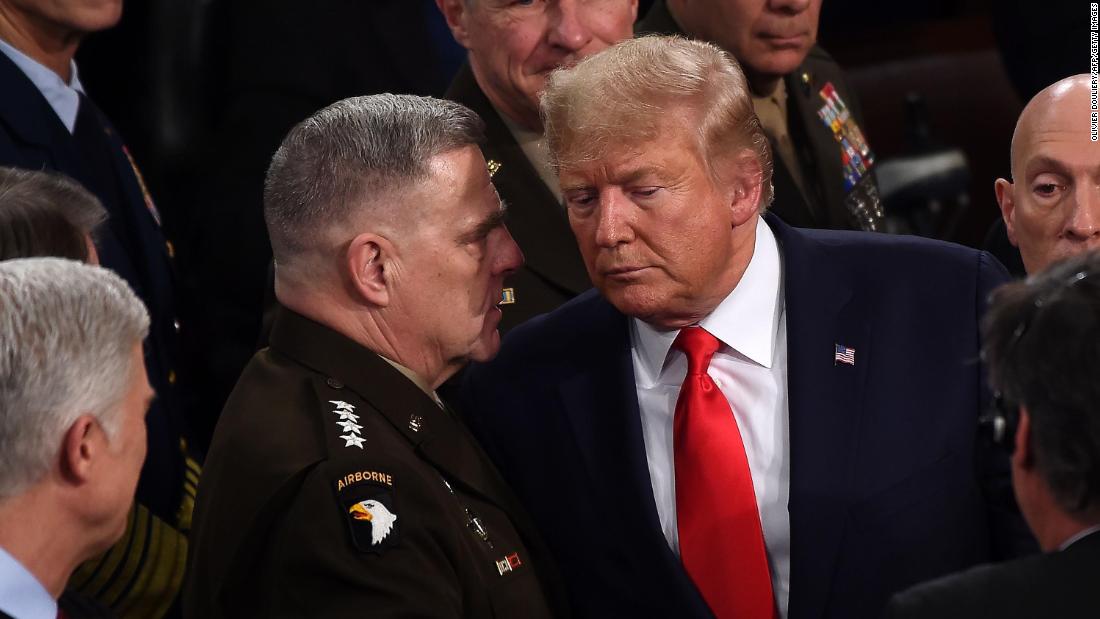Not sure just how the Biden administration could be proud of the Afghanistan withdrawal, but they are.
A lot went wrong that was on Biden, but......
John Kirby, coordinator for strategic communications at the National Security Council, said Thursday that the Biden administration is “proud” of its botched withdrawal from Afghanistan in 2021.
Kirby appeared at a White House press briefing to discuss the administration’s newly released review of the chaotic withdrawal, which was marked by
a suicide bombing at Kabul’s airport that killed 13 American service members and more than 100 Afghans.
That 12-page summary places much of the blame on the Trump administration, saying President Biden was “severely constrained” by former president Trump’s decisions. When Biden entered office, it says, “the Taliban were in the strongest military position that they had been in since 2001, controlling or contesting nearly half of the country.”
John Kirby appeared at a White House press briefing to discuss the administration’s newly released review of the chaotic withdrawal.

www.nationalreview.com
Biden canceled everything Trump put in place on his first day in office, but had to keep in place the date of withdrawal?????
Trump Strikes a Deal
Feb. 29, 2020 — U.S. and Taliban sign an
agreement that sets the terms for a U.S. withdrawal from Afghanistan by May 1, 2021, but do not release two classified annexes that set the conditions for U.S. withdrawal. At the time of the agreement, the U.S. had about 13,000 troops in Afghanistan,
according to a Department of Defense inspector general report.
The withdrawal of U.S. troops is contingent on the “Taliban’s action against al-Qaeda and other terrorists who could threaten us,” Trump says in a
speech at the Conservative Political Active Conference. (U.S. withdrawals, however, occurred despite the fact that the Defense Department inspector general’s office repeatedly reported that the Taliban worked with al-Qaeda.)
The pact includes the release of 5,000 Taliban fighters who have been held prisoners by the Afghanistan government, which is not a party to the agreement.
March 1, 2020 — Afghan President Ashraf Ghani objects to a provision in the agreement that would require his country to release 5,000 Taliban prisoners. “Freeing Taliban prisoners is not [under] the authority of America but the authority of the Afghan government,” Ghani
says. “There has been no commitment for the release of 5,000 prisoners.”
March 4, 2020 — Chairman of the Joint Chiefs of Staff General Mark Milley
tells the Senate Armed Services Committee that the Taliban pledged in the classified documents not to attack U.S. troops and coalition forces or launch “high-profile attacks,” including in Afghanistan’s 34 provincial capitals. “[T]he Taliban have signed up to a whole series of conditions … all the Members of the Congress have all the documents associated with this agreement,” Milley says.
Despite the agreement, the Taliban
attack Afghan forces in Helmand province, and the U.S. responds with an air strike.
March 10, 2020 — Under pressure from the U.S., Ghani
orders the release of 1,500 Taliban prisoners, but at the rate of 100 per day.
May 19, 2020 — In releasing its
quarterly report on Afghanistan, the DOD inspector general’s office says the U.S. cut troop levels in Afghanistan by more than 4,000, even though “the Taliban escalated violence further after signing the agreement.”
“U.S. officials stated the Taliban must reduce violence as a necessary condition for continued U.S. reduction in forces and that remaining high levels of violence could jeopardize the U.S.-Taliban agreement,”
according to the report, which covered activity from Jan. 1, 2020, to March 31, 2020. “Even still, the United States began to reduce its forces in Afghanistan from roughly 13,000 to 8,600.”
We lay out many of the key diplomatic decisions, military actions, presidential pronouncements and expert assessments of the withdrawal agreement that ended the U.S. military's 20-year war in Afghanistan.

www.factcheck.org

www.nationalreview.com




